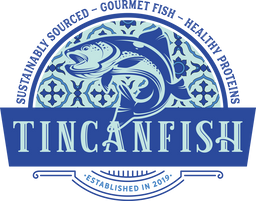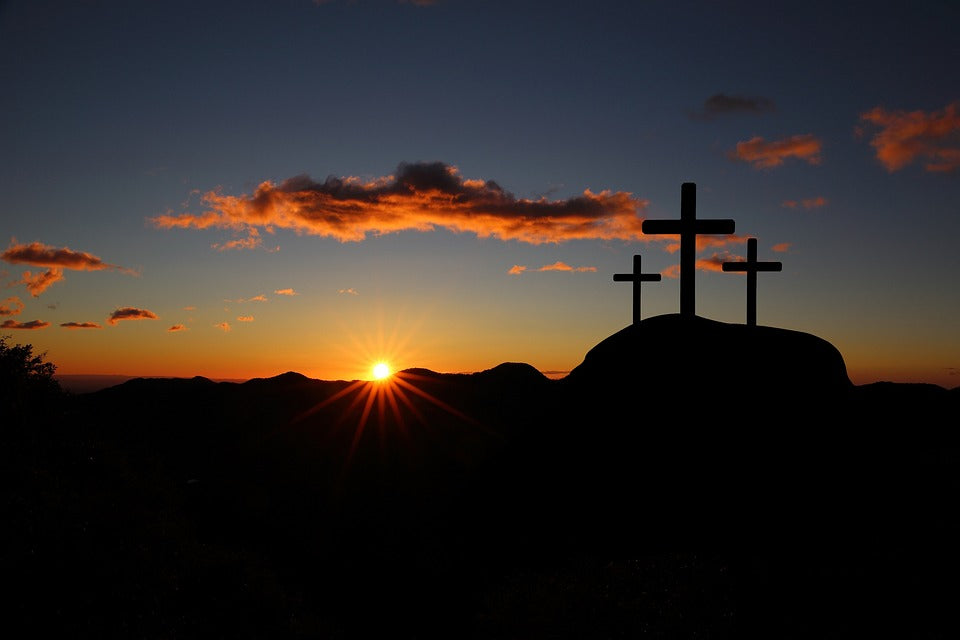For the more than one billion Catholics in the world, Lent is just around the corner. Not only is this a time of religious observance in the liturgical calendar for followers of Catholicism but also Eastern Orthodoxy and some Protestants, among others.
While the exact time frame varies by faith, Lent is usually observed during the six weeks leading up to Easter. And although the exact beliefs, rites, and practices are different from person to person, it is generally considered to be a time of observance and preparation for the death and resurrection of Jesus Christ. 
If you know any followers of Catholicism, or you yourself are Catholic, then you know that there is another aspect of Lent to be observed: meatless Fridays. The tradition of going without warm-blooded animal protein likely dates back further than we think, and along the way became intertwined with the global fish market. Why is fish allowed? Are other meats allowed? Before we can answer these questions, we have to understand how the practice started in the first place.
Fasting Origins
Fasting for religious purposes is a common practice throughout the world. Muslims observe the month-long fasting period of Ramadan while the sun is up. Yom Kippur is a Jewish holy day of fasting observed eight days after Rosh Hashanah. At least one thing binds these holidays together: their exact fasting origins can be pretty murky.
Fasting is mentioned in the bible for a multitude of reasons including mourning, reading scripture, repentance, and even preparing for battle. Specifically, in regards to Lent, some of the earliest mentions of fasting came about at the Council of Nicaea in 325 AD. The Roman Emperor Constantine the Great called the council to unify the entire body of Christian believers. At this council, the 40-day fasting period of Lent was formalized.
Friday Fasting
The idea of fasting during Lent is over 1,500 years old, and the idea of abstaining on Fridays probably evolved around the same time frame. Evidence suggests that Pope Peter of Alexandria declared all Fridays to be a time of fasting in observance of Jesus’s death on a Friday.
Fast forward to the 20th century, and the 1983 Catholic Code of Canon Law actually prescribes this, specifically, in text: “The penitential days and times in the universal Church are every Friday of the whole year and the season of Lent.” So does this mean all Catholics abstain on Fridays? Not quite.
Most countries have a localized organization of Catholic Bishops. In the United States, this is referred to as the United States Conference of Catholic Bishops (USCCB). Through a very complex network of theological laws and customs, the USCCB has more or less said that Catholics need not abstain every Friday during the year - just those that occur during Lent.
Fish and Lent?
Okay, so we’ve explained the origins of why Catholics don’t eat meat, or fast, on a variety of days and occasions. But what we have yet to discuss is how any of this relates to Catholics specifically eating fish on Fridays. Like the origin story meatless Fridays, the fish component is a complex story dating back hundreds of years.
For quite some time, a myth concerning the origins of fish-on-Fridays has been prevalent in Catholic circles: the Pope had his hands in the fish business and thus was willing to loosen the restrictions on Catholics to allow fish on Fridays. Seriously, this myth is everywhere. Unsurprisingly, this story holds no water.
Technically speaking, it’s not ‘meat’ that Catholics can’t eat on Fridays, it is the ‘flesh of warm-blooded animals’. If Catholics wanted to eat salamanders on Fridays they could - those just haven’t been as readily available throughout history as fish.
Fishy Church of England

This concept of fish on Fridays is even linked to the creation of a new branch of Christianity. In the mid-1530s, the ruler of England was King Henry VIII, and he was married to Catherine of Aragon. By this point, they had failed to produce a male heir to the throne, a notion which worried King Henry. His intention was to have his marriage annulled by Pope Clement VII and remarry in the hopes of producing a male heir. The Pope declined this request, and in retaliation Henry created the Church of England, branching off from the Catholic Church.
Additionally, Henry declared the practice of eating fish on Friday as ‘popish’ and undesirable. In response, the local English fishing industry took a nosedive. When his son, Edward VI, took over several years later, he revived the policy of fasting on Fridays in an apparent attempt to relieve the fishermen.
Fish or No Fish
So where does that leave us? The Catholic church’s official position is still a combination of the 1983 Code of Canon Law and the law of the USCCB: no meat on Fridays of Lent. That means if you don’t feel like eating lizard or salamander or snake, then tasty fish is probably still your best option during Lent.


